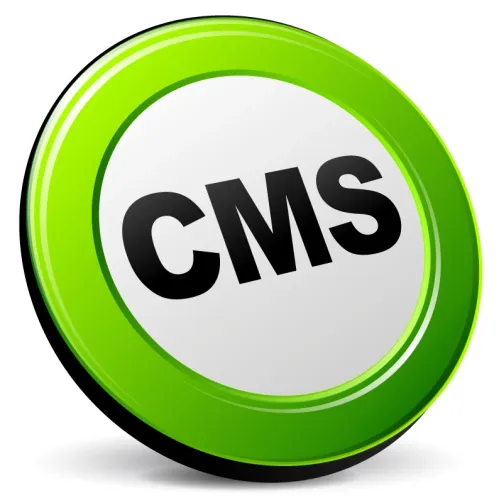Anesthesia Coding Alert
Reimbursement:
Don't Miss the Latest News on the EHR Incentive Program
Published on Tue Nov 17, 2015

You’ve reached your limit of free articles. Already a subscriber? Log in.
Not a subscriber? Subscribe today to continue reading this article. Plus, you’ll get:
- Simple explanations of current healthcare regulations and payer programs
- Real-world reporting scenarios solved by our expert coders
- Industry news, such as MAC and RAC activities, the OIG Work Plan, and CERT reports
- Instant access to every article ever published in Revenue Cycle Insider
- 6 annual AAPC-approved CEUs
- The latest updates for CPT®, ICD-10-CM, HCPCS Level II, NCCI edits, modifiers, compliance, technology, practice management, and more
Related Articles
Other Articles in this issue of
Anesthesia Coding Alert
- Reimbursement:
Don't Miss the Latest News on the EHR Incentive Program
Good news: Anesthesiologists can still qualify for some exemptions. The final rule on stage 3 [...] - News and Notes:
Initial ICD-10 Claims Garner High Success Rate
Plus – Meet this MAC’s signature requirement for appeals. Although ICD-10 has been in effect [...] - Pain Management:
Focus on Interlaminar Levels, Not Just Injection Frequency
Tip: These 4 reminders will help you find success. If you code for pain management [...] - Reader Question:
Pin Severe Systemic Disease With P6
Question: Which physical status modifiers should be used for a patient with severe systemic disease? Florida [...] - Reader Question:
Go Ahead and Submit 00851 With Z30.2
Question: While trying to bill anesthesia during a tubal ligation with 00851 and diagnosis Z30.2, our [...] - Reader Question:
Verify the Best Modifier for Anesthesia Assistant
Question: If a physician is medically directing one CRNA and one anesthesia assistant, are they looked [...] - Reader Question:
Drop Modifier From 62310 or 62311 Claim
Question: When our physician administers more than one interlaminar epidural injection in the same spinal region, [...] - Reader Question:
Count Percentages to Reach Appropriate Burn Code
Question: Which anesthesia codes are used for burn excision/debridement? Alaska Subscriber Answer: CPT® provides three anesthesia codes [...] - Reader Question:
Tackle Pre-op Cancellation With E/M Codes
Question: The anesthesiologist completed the standard preoperative visit but believed the patient was not a good [...] - Reader Question:
Look for New Paravertebral Thoracic Block Codes in 2016
Question: My physician documented that he placed a thoracic paravertebral block for post-op pain management. The [...] - You Be the Coder:
Know Which Codes Crosswalk for Grafting
Question: Which anesthesia code corresponds with the grafting procedure using a muscle flap from the latissimus [...]
View All




